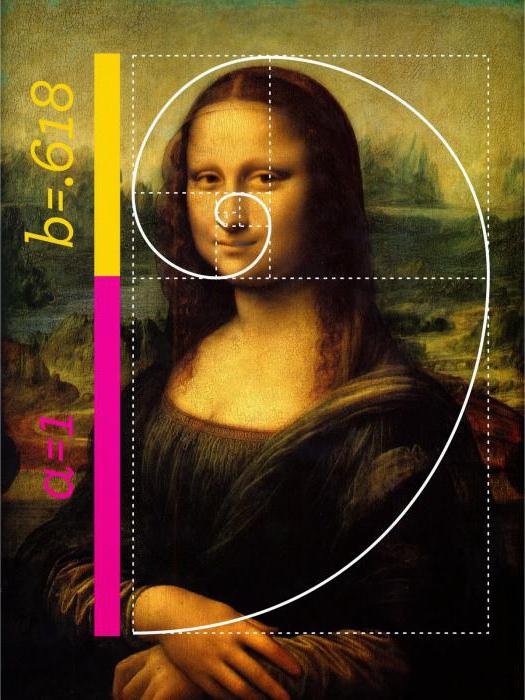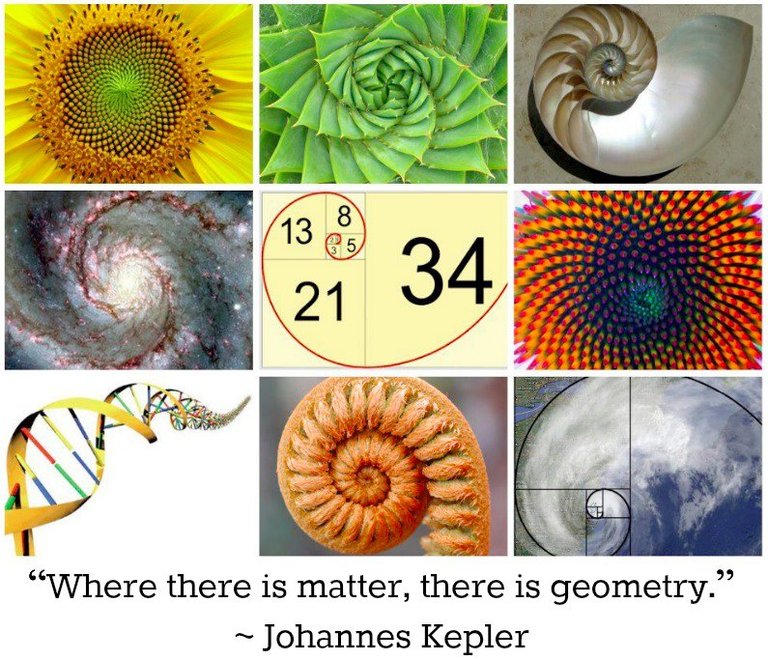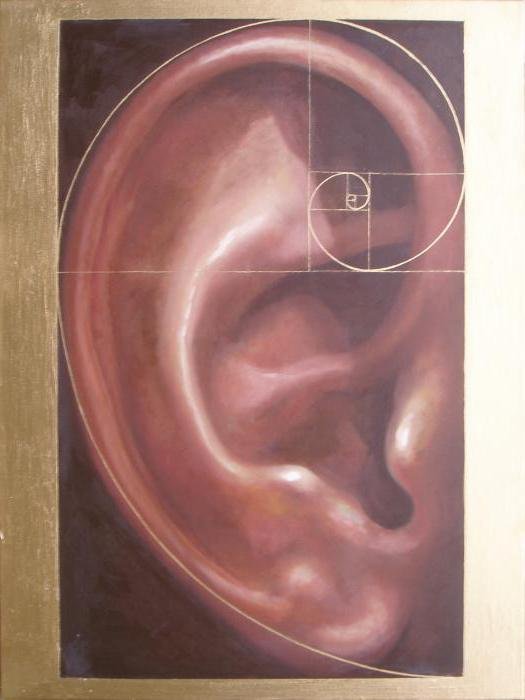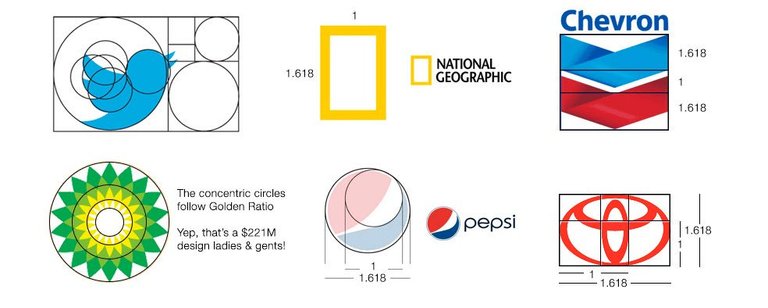So, the golden ratio is the golden proportion, which is also a harmonic division. In order to explain this more clearly, let us consider some features of the form. Namely: the form is something whole, but the whole, in turn, always consists of some parts. These parts, most likely, have different characteristics, at least different in size. Well, such dimensions are always in a certain ratio both among themselves and with respect to the whole.
Hence, in other words, we can assert that the golden ratio is a ratio of two quantities, which has its own formula. The use of such a ratio when creating a form helps make it as beautiful and harmonious as possible for the human eye.

The ratio of the golden section is often used in the most diverse spheres of life right now. But the history of this concept goes back to ancient times, when only such sciences as mathematics and philosophy were born. As a scientific concept, the golden section came into use in the time of Pythagoras, namely in the 6th century BC. But even before that knowledge about a similar ratio in practice was used in ancient Egypt and Babylon. A clear indication of this are the pyramids, for the construction of which they used exactly such a golden proportion.
The Renaissance became a new breath for harmonic division, especially thanks to Leonardo da Vinci. This ratio has been increasingly used in both exact sciences, such as geometry, and in art. Scientists and artists began to study the golden section more deeply and create books that consider this question. One of the most important historical works related to the golden proportion is the book of Luke Pancholi entitled "The Divine Proportion". Historians suspect that the illustrations of this book were executed by Leonardo himself before Vinci.
Mathematics gives a very clear definition of the proportion, which indicates that it is the equality of the two ratios. There is another formulation: the smaller segment refers to the larger, as well as the larger to the whole segment. In the mathematical relation, it looks like this: a: b = b: c or c: b = b: a. It is this kind of formula has a golden section.

The golden section, the examples of which we will now consider, refers to incredible phenomena in nature. These are very beautiful examples of the fact that mathematics are not just numbers and formulas, but a science that has more than a real reflection in nature and our life in general. For living organisms, one of the main life tasks is growth. This desire to take its place in space, in fact, is carried out in several forms - upward growth, almost horizontal spreading on the ground or twisting in a spiral on a certain support. And no matter how incredible, many plants grow in accordance with the golden proportion.

Another almost incredible fact is the relationship in the body of lizards. Their body looks nice enough for the human eye, and this is possible thanks to the same golden ratio. To be more precise, the length of their tail refers to the length of the whole body as 62: 38.
The golden section is a truly incredible concept, which means that throughout history we can meet many really interesting facts about this proportion. Here are some of them:
The rule of the golden section was actively used in the construction of the pyramids. For example, the world-famous tombs of Tutankhamun and Cheops were built using such a ratio. And the golden section of the pyramid is still a mystery, because to this day it is not known whether such dimensions were accidentally or specially chosen for their foundations and heights.
The rule of the golden section is clearly visible in the facade of the Parthenon - one of the most beautiful structures in the architecture of ancient Greece.
The same applies to the building of the Notre Dame de Paris Cathedral, here, not only facades, but also other parts of the construction were erected, relying on this incredible proportion.
In Russian architecture, you can find incredibly many examples of buildings that fully correspond to the golden section.
Harmonious division is also inherent in the human body, and therefore in sculpture, in particular, in the statues of people. For example, Apollo Belvedere is a statue where a person's height is divided by an umbilical line in a golden section.
Painting - a separate story, especially if you consider the role of Leonardo da Vinci in the history of the golden ratio. His famous Gioconda, of course, is subject to this law.
In this section, we need to mention a very significant person, namely S. Zeising. He is a German researcher who has done a tremendous job in studying the golden proportion. He published a paper entitled "Aesthetic Studies". In his work he presented the golden section as an absolute concept, which is universal for all phenomena both in nature and in art. Here you can recall the golden section of the pyramid along with the harmonious proportion of the human body and so on.
It was Zeising who was able to prove that the golden section, in fact, is the average statistical law for the human body. This was shown in practice, because during his work he had to measure a lot of human bodies. Historians believe that more than two thousand people took part in this experiment. According to Zeising, the main indicator of the golden ratio is the division of the body by the navel point. Thus, the male body with an average ratio of 13: 8 is slightly closer to the golden section than the female, where the number of the golden section is 8: 5. Also, the golden proportion can be observed in other parts of the body, such as, for example, the hand.

As for the already conscious use of proportions, then, since the time of Leonardo da Vinci, it has come into use in virtually all branches of life - from science and to art. Even biology and medicine proved that the golden ratio works even in living systems and organisms.

P.S. I just learn English and ask you to point out my mistakes.
Subscribe to my blog to learn something new every day!!!
golden ratio 💜